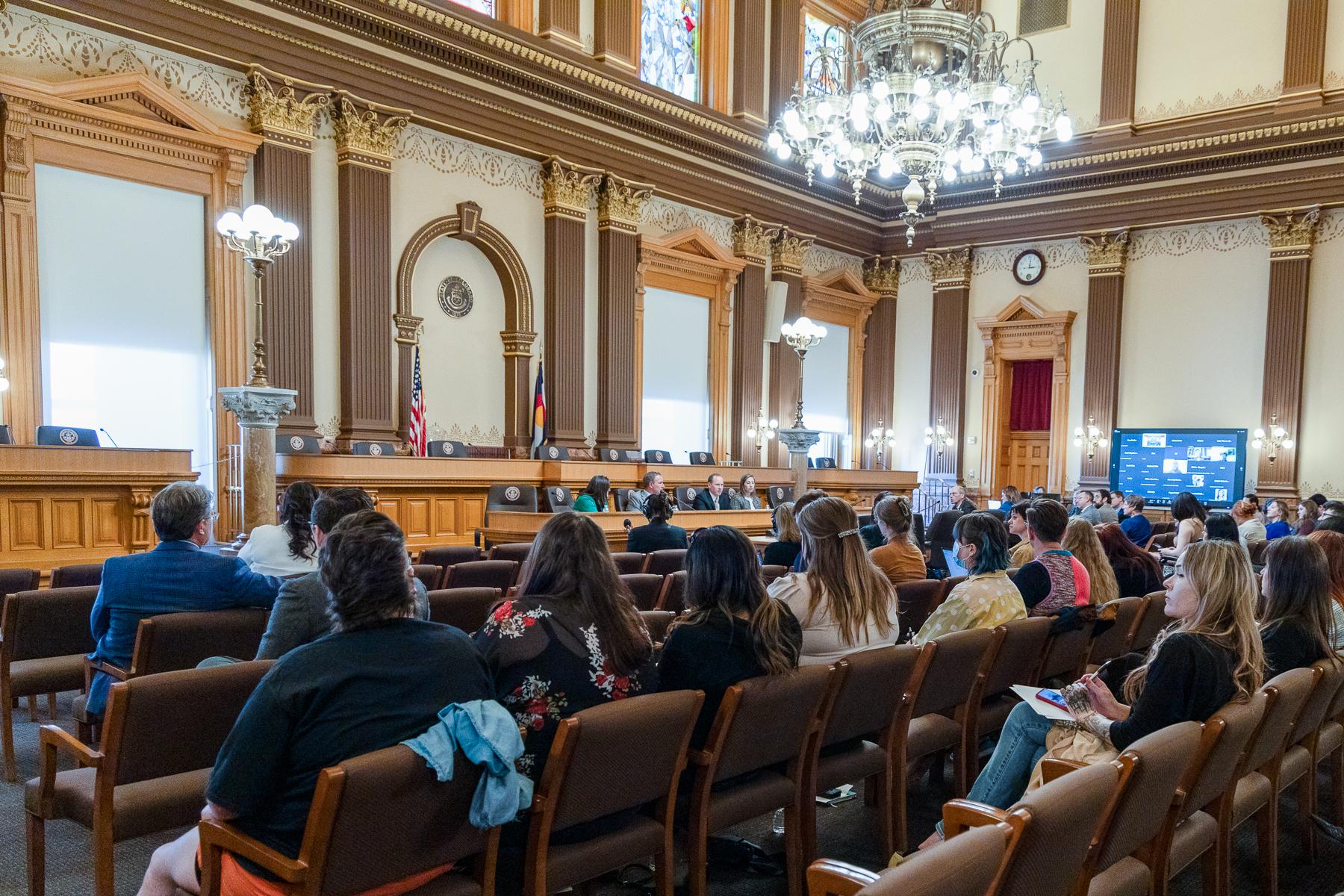
Cloaked in secrecy, and then in controversy, the Rocky Flats plant west of Denver manufactured plutonium triggers during the Cold War. Later, when investigations and a FBI raid in 1989 showed the extent of nuclear contamination, the facility was shuttered and became a Superfund site.
Now, Rocky Flats has reached one milestone and is on the brink of another.
The first milestone comes in the form of settlement payments for people who owned homes near the plant. The payments are compensation for property value loss due to plutonium contamination from the Flats — part of a $375 million settlement to end a 27-year-old lawsuit.
The next step in Rocky Flats' journey comes as the EPA declared "there are no unacceptable risks" for using the land for other purposes. The area is already a wildlife refuge, but plans to open parts of it up to the public in 2018 are creating new angst.

Author and investigative journalist Kristen Iversen grew up near Rocky Flats, worked at the plant and ultimately investigated what went on there, resulting in the book "Full Body Burden." She's not convinced Rocky Flats is safe for human visitors yet.
Interview Highlights With Kristen Iversen
On Why Settlement Payments Represent Such A Milestone
"...this lawsuit was filed after the FBI raid on June 6, 1989, and now all these years later, three decades will have passed by the time this money is distributed to class members. Many people, tens of thousands of people, were part of that class and many, of course, have since died or moved away. First of all, kudos to the attorneys who hung in so long and fought so hard for this battle, for the residents, and kudos to the residents who really stayed with the process."
On Her Concern Over US Fish And Wildlife's Plan To Open Some Of The Rocky Flats Refuge To The Public
"What's happened is that development is moving forward so quickly that we are leaping over the kinds of tests and analysis that we need to ensure that the site is safe. There has been some cleanup on the site. There has never been any offsite cleanup. It's a very complicated history. ... We just don't know enough about how much we are putting people at risk by letting them go onto the site itself and also frankly build houses directly adjacent to the site."
On Her Emphasis For Independent Studies, Rather Than Relying On The Environmental Protection Agency And Colorado's Health Department
"I think regardless of the defense strategy of the Department of Energy and Colorado Department of Public Health and Environment, we do not have enough information to tell people that this site is safe enough, whether we're talking about the core area which will never be safe. Plutonium has a very long half-life that will be, that has to be protected for 250,000 years. That's how long that material is dangerous. It's beyond human comprehension, but the rest of site is problematic. Plutonium tends to cluster, and as I said it moves quickly. We need more information, and we can't believe that the story is over and the site is safe."








